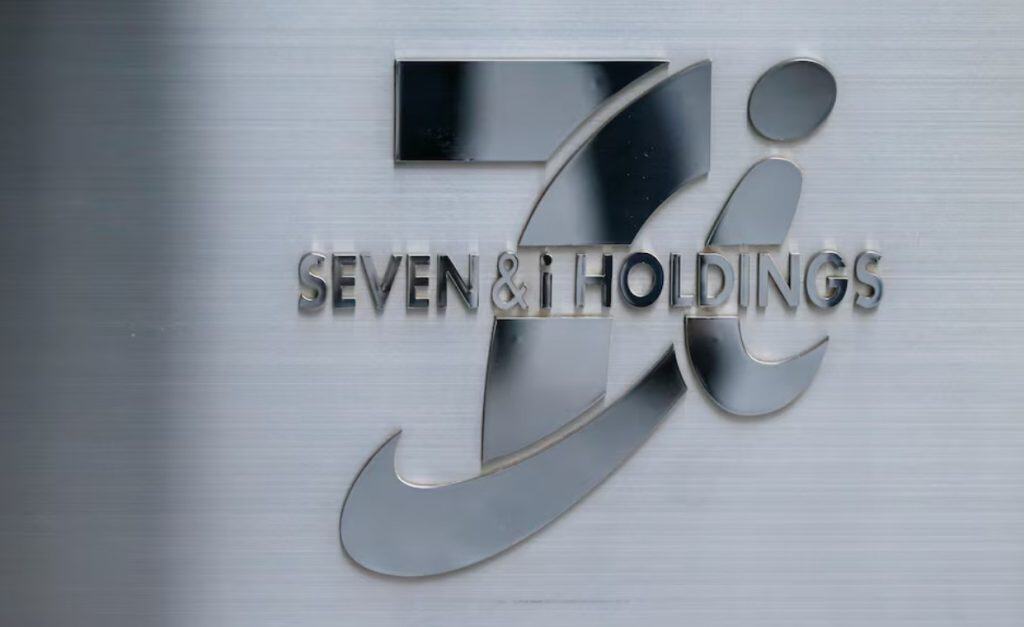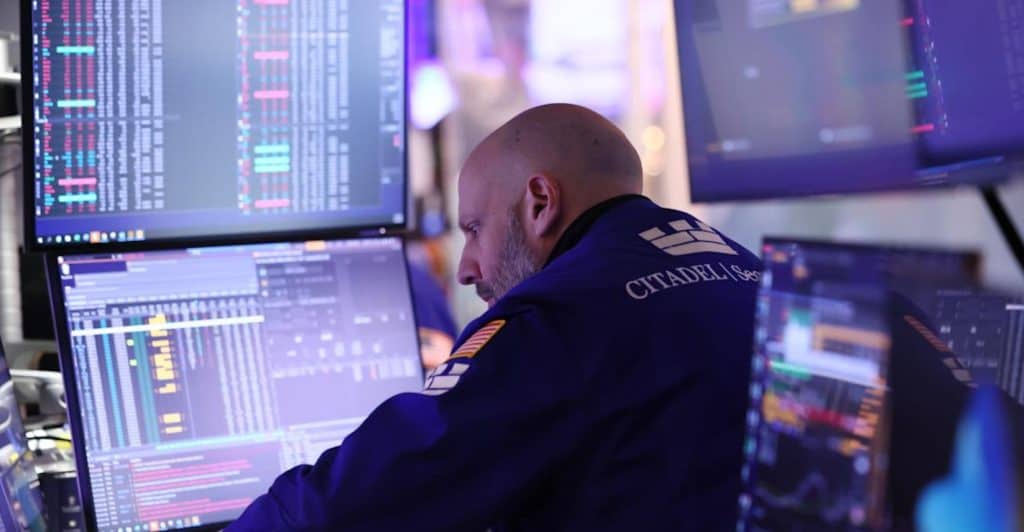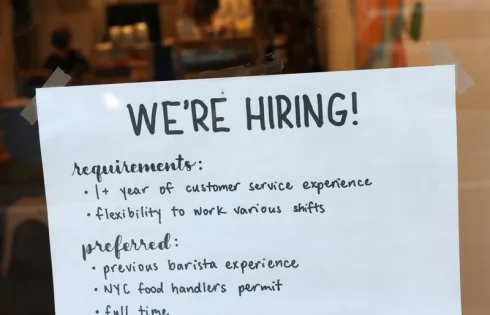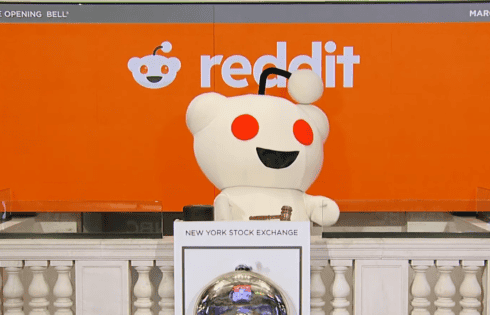Nasdaq Sell-Off: 3 Stocks Down 15% to 55% That You’ll Regret Not Buying on the Dip







WASHINGTON (Reuters) -U.S. job growth picked up in February, but cracks are emerging in the once-resilient labor market amid a chaotic trade policy and deep federal government spending cuts that threaten to disrupt economic growth this year.
The Labor Department’s closely watched employment report on Friday, the first under President Donald Trump’s watch, showed a broader measure of unemployment surging to near a 3-1/2-year high last month as the ranks of part-time workers swelled.
The share of workers holding multiple jobs was the highest since the Great Recession. Economists said the Trump administration’s whiplash trade policy was making it difficult for businesses to plan ahead.
Business sentiment has plunged since January, erasing all the gains notched in the aftermath of Trump’s election victory in November. The stock market has sold off.
“The winds in the labor market are shifting,” said Bernard Baumohl, chief global economist at the Economic Outlook Group.
Nonfarm payrolls increased by 151,000 jobs last month after rising by a downwardly revised 125,000 in January, the Labor Department’s Bureau of Labor Statistics said.
Economists polled by Reuters had forecast payrolls advancing by 160,000 jobs after a previously reported 143,000 gain in January. The survey of establishments showed job growth averaged 138,000 per month so far this year compared to 209,000 in the fourth quarter.
“This points to a rapid cooling in the labor market and economic growth in the first quarter, but no real impending recession signals yet either,” said Scott Anderson, chief U.S. economist at BMO Capital Markets.
Trump triggered a trade war this week, slapping a new 25% tariff on imports from Mexico and Canada, along with a doubling of duties on Chinese goods to 20%. But on Thursday, Trump exempted goods from both Canada and Mexico under a North American trade pact for a month from the 25% duty.
Some economists said winter storms likely hampered job gains, noting that the average workweek remained stuck at a five-year low of 34.1 hours. The household survey showed 404,000 people were unable to report for work because of weather issues. But others were unconvinced.
“The recent shortening of the workweek, combined with a rise in the number of workers forced into part-time jobs for economic reasons, suggests some employers are cutting back on hours rather than cutting jobs outright,” said Julia Pollak, chief economist at ZipRecruiter.
Healthcare led job growth, adding 52,000 positions across ambulatory services and hospitals as well as nursing and residential care facilities.
Employment in financial activities increased 21,000.
Transportation and warehousing payrolls rose 18,000, boosted by hiring for couriers and messengers. Employment in social assistance advanced 11,000. Manufacturing payrolls gained 10,000 while construction added 19,000 positions.
But federal government payrolls excluding the post office declined 6,700, a tip of the iceberg as tech billionaire Elon Musk’s Department of Government Efficiency, or DOGE, has fired thousands of employees in an unprecedented effort to shrink the government and slash spending.
That restricted job gains in the overall government sector, one the main pillars of employment growth in recent years, to a paltry 11,000, below a recent six-month average of 35,000.
FED ON HOLD
On-and-off freezes on government funding have thrown out of work some contractors and employees at entities that receive federal grants. Professional and business services decreased by 2,000 jobs, concentrated in scientific and technical services as well as computer systems design and related services.
The Federal Reserve is expected to keep its benchmark overnight interest rate unchanged in the 4.25%-4.50% range this month as policymakers continue to monitor the economic impact of tariffs and an immigration crackdown.
Financial markets expect the U.S. central bank to resume rate cuts in June, though much would depend on inflation.
The Fed paused rate cuts in January, having reduced the policy rate by 100 basis points since September, when it embarked on its easing cycle. The policy rate was hiked by 5.25 percentage points in 2022 and 2023 to tame inflation.
Fed Chair Jerome Powell said on Friday “we do not need to be in a hurry, and are well positioned to wait for greater clarity.”
Stocks on Wall Street edged higher after Powell’s comments. The dollar was lower against a basket of currencies. U.S. Treasury yields rose.
Retail payrolls dropped by 6,000 jobs, likely pulled down by a strike at one of the large supermarket chains that has since ended. Employment at restaurants and bars decreased 27,500.
Average hourly earnings rose 0.3% after climbing 0.4% in January. Annual wage growth increased at a 4.1% pace after advancing 3.9% in January, consistent with an economy that continues to expand, though at a very moderate pace.
A drop in consumer spending and homebuilding and surge in the trade deficit in January linked to tariffs stoked fears of stagflation. The Atlanta Fed is forecasting GDP contracting at a 2.4% annualized rate this quarter. The economy grew at a 2.3% pace in the fourth quarter.
Underscoring the softening labor market trend, the unemployment rate rose to 4.1% from 4.0% in January. That reflected a 588,000 decline in household employment. About 385,000 people left the labor force last month, a sign of ebbing confidence in the jobs market. The labor force participation rate fell to a two-year low of 62.4% from 62.6% in January.
The employment-to-population ratio, a measure of an economy’s ability to create employment, fell to 59.9% from 60.1% in January. The number of people working part-time for economic reasons rose 460,000, the most since June 2023, to 4.9 million.
As a result, a broader measure of unemployment, which includes people who want to work but have given up searching and those working part-time because they cannot find full-time employment, soared to 8.0%. That was the highest since October 2021 and was up from 7.5% in January.
Multiple job-holders shot up to 8.860 million from 8.764 million in January. They represented 5.4% of the employed, the highest share since April 2009.
“The economy faces rising uncertainty as it enters March,” said Conrad DeQuadros, senior economic advisor at Brean Capital.

SYDNEY (Reuters) – Australian household spending rose for a fourth straight month in January, driven by a rise in services, although the annual pace of growth slowed, data showed on Friday.
The Australian Bureau of Statistics’ monthly household spending indicator (MHSI) showed a seasonally adjusted rise of 0.4% in January from December, when it rose by 0.2%.
Annual growth, however, slowed to 2.9% from 4.2% in the previous month.
Robert Ewing, ABS head of business statistics, said consumers reduced spending on goods, having already taken advantage of promotional events such as Black Friday sales at the end of last year.
“A 1.5% rise for services drove the January growth. This came as households spent more on health services, air travel, and sports and physical recreation services,” Ewing said.
The MHSI series will replace the current retail sales report from July and is much broader in scope covering 68% of household consumption, more than double the retail survey.
It includes spending on many services and should offer a better guide on what to expect from household consumption in the gross domestic product (GDP) report.

With the business potentially at an important milestone, we thought we’d take a closer look at Reddit, Inc.’s (NYSE:RDDT) future prospects. Reddit, Inc. operates a digital community in the United States and internationally. The US$30b market-cap company announced a latest loss of US$484m on 31 December 2024 for its most recent financial year result. Many investors are wondering about the rate at which Reddit will turn a profit, with the big question being “when will the company breakeven?” In this article, we will touch on the expectations for the company’s growth and when analysts expect it to become profitable.
Reddit is bordering on breakeven, according to the 21 American Interactive Media and Services analysts. They anticipate the company to incur a final loss in 2024, before generating positive profits of US$232m in 2025. The company is therefore projected to breakeven around 12 months from now or less. We calculated the rate at which the company must grow to meet the consensus forecasts predicting breakeven within 12 months. It turns out an average annual growth rate of 50% is expected, which is rather optimistic! If this rate turns out to be too aggressive, the company may become profitable much later than analysts predict.

NYSE:RDDT Earnings Per Share Growth March 7th 2025
Given this is a high-level overview, we won’t go into details of Reddit’s upcoming projects, though, bear in mind that generally a high growth rate is not out of the ordinary, particularly when a company is in a period of investment.
One thing we’d like to point out is that Reddit has no debt on its balance sheet, which is quite unusual for a cash-burning growth company, which usually has a high level of debt relative to its equity. The company currently operates purely off its shareholder funding and has no debt obligation, reducing concerns around repayments and making it a less risky investment.
This article is not intended to be a comprehensive analysis on Reddit, so if you are interested in understanding the company at a deeper level, take a look at Reddit’s company page on Simply Wall St. We’ve also compiled a list of pertinent aspects you should further examine:
Valuation: What is Reddit worth today? Has the future growth potential already been factored into the price? The intrinsic value infographic in our free research report helps visualize whether Reddit is currently mispriced by the market.
Management Team: An experienced management team on the helm increases our confidence in the business – take a look at who sits on Reddit’s board and the CEO’s background.
Other High-Performing Stocks: Are there other stocks that provide better prospects with proven track records? Explore our free list of these great stocks here.

VICI Properties recently declared a regular quarterly cash dividend of $0.43 per share, likely influencing its share price movement, which rose 7% in the past month. The dividend announcement, alongside the company’s strategic partnership with Cain International and Eldridge Industries LLC for the One Beverly Hills development, reflects VICI’s commitment to shareholder value and growth in the real estate sector. Despite a dip in their fourth-quarter net income, the annual performance saw increased revenue and net income for 2024, suggesting resilience in challenging economic conditions. Meanwhile, broader market indices faced declines amidst economic concerns and tariff-related uncertainties, which underscores VICI’s solid performance against a volatile market backdrop. While the Dow Jones Industrial Average and S&P 500 logged significant weekly losses, VICI’s strategic initiatives and continued dividend commitment might have provided investors with confidence, contributing to its positive price movement during a period when the overall market showed signs of instability.
NYSE:VICI Earnings Per Share Growth as at Mar 2025
Over the past five years, VICI Properties’ total shareholder returns amounted to 156.49%, showing significant growth when compared to broader market trends. Several key factors contributed to this performance. A consistent dividend policy, including a recent affirmation with payouts such as US$0.4325 per share, underscores its commitment to shareholder value. Major strategic partnerships, like the one with Cain International and Eldridge Industries for the One Beverly Hills development, reflect VICI’s strategic focus on growth in the experiential real estate sector.
Further, robust earnings growth has been a major driver, with profits increasing significantly by 34.2% per year over this period. Despite recent deceleration in profit growth, VICI still outperformed the US Specialized REITs industry. It also demonstrated financial acumen through successful follow-on equity offerings raising substantial capital, such as the US$948.5 million in May 2024, helping bolster its investment capacity.

| Nasdaq Closes in Correction Territory | 12-Month Return |
|---|---|
| May 7, 2010 | 25% |
| Aug. 4, 2011 | 16% |
| May 18, 2012 | 26% |
| Nov. 14, 2012 | 40% |
| Aug. 24, 2015 | 15% |
| Oct. 24, 2018 | 15% |
| June 3, 2019 | 32% |
| Feb. 27, 2020 | 54% |
| Sept. 8, 2020 | 41% |
| March 8, 2021 | 2% |
| Jan. 19, 2022 | (24%) |
| Aug. 2, 2024* | 8% |
| Average | 21% |
